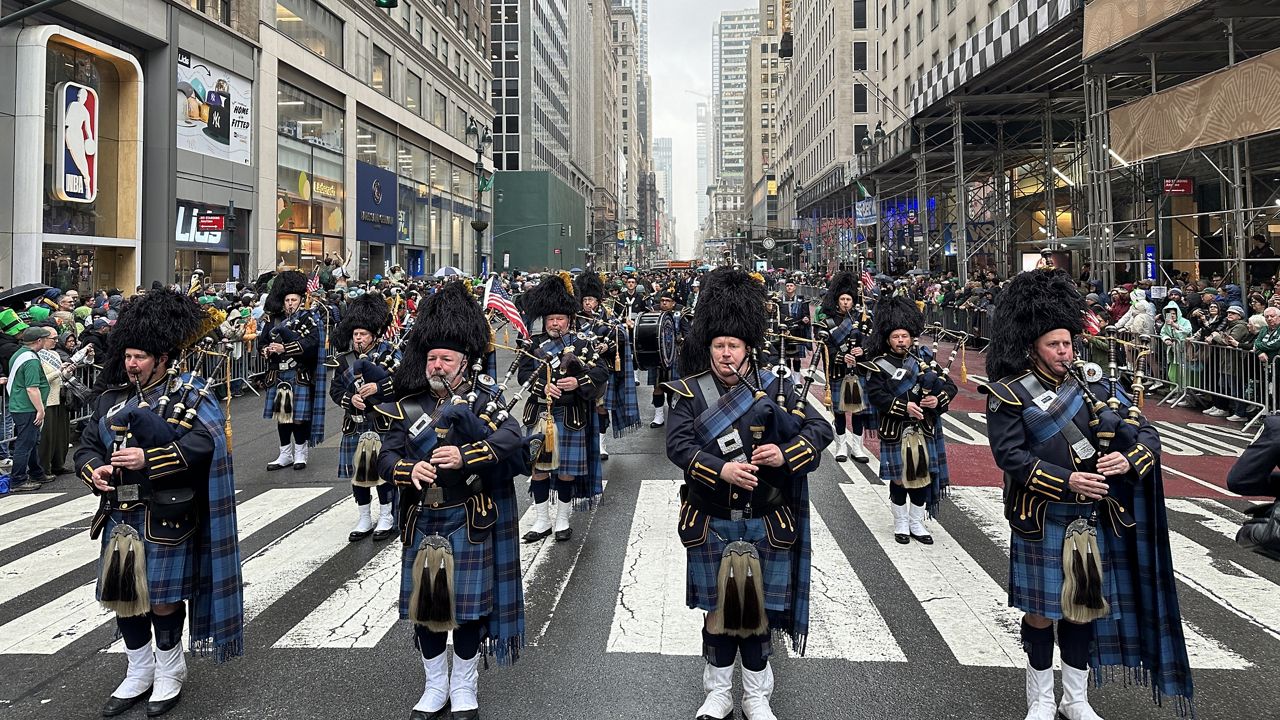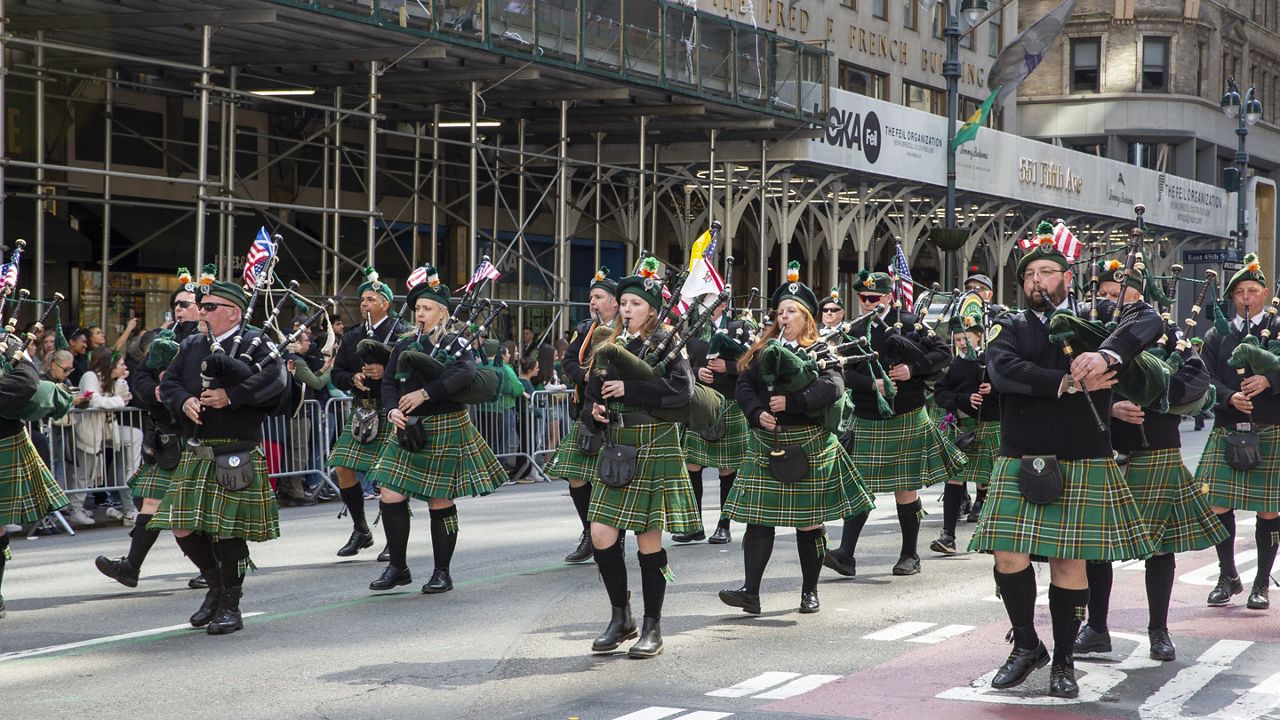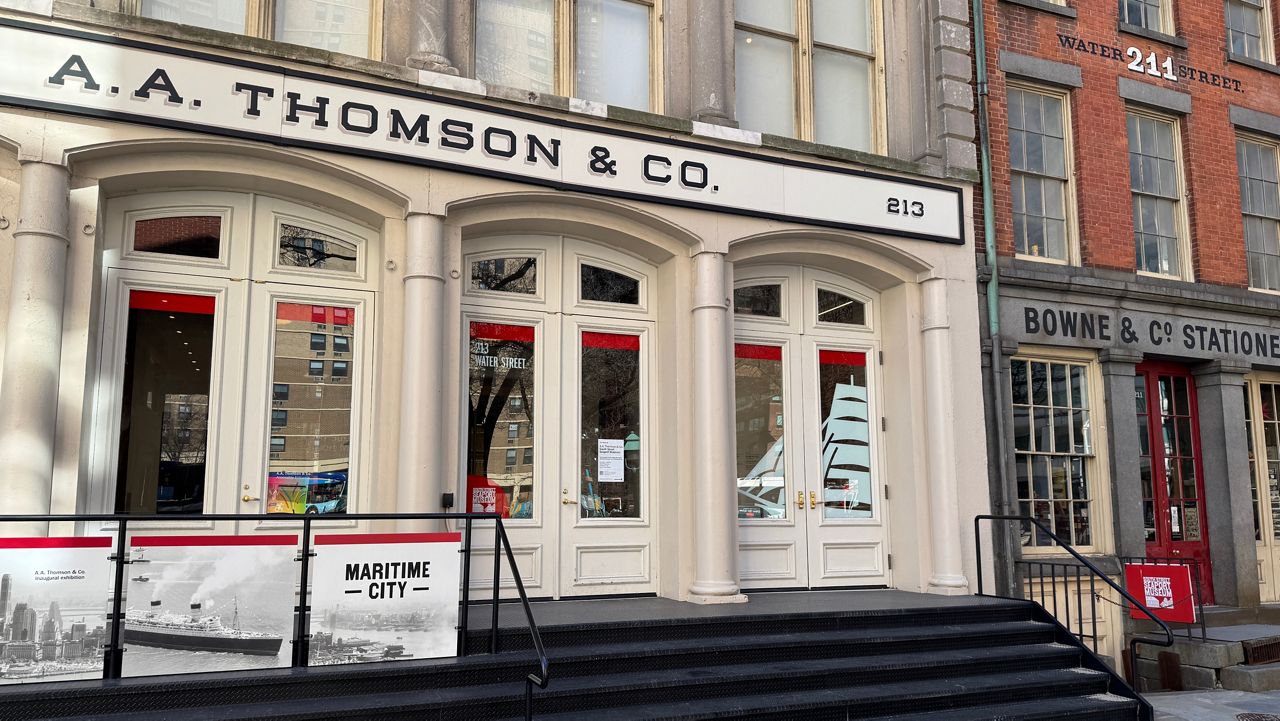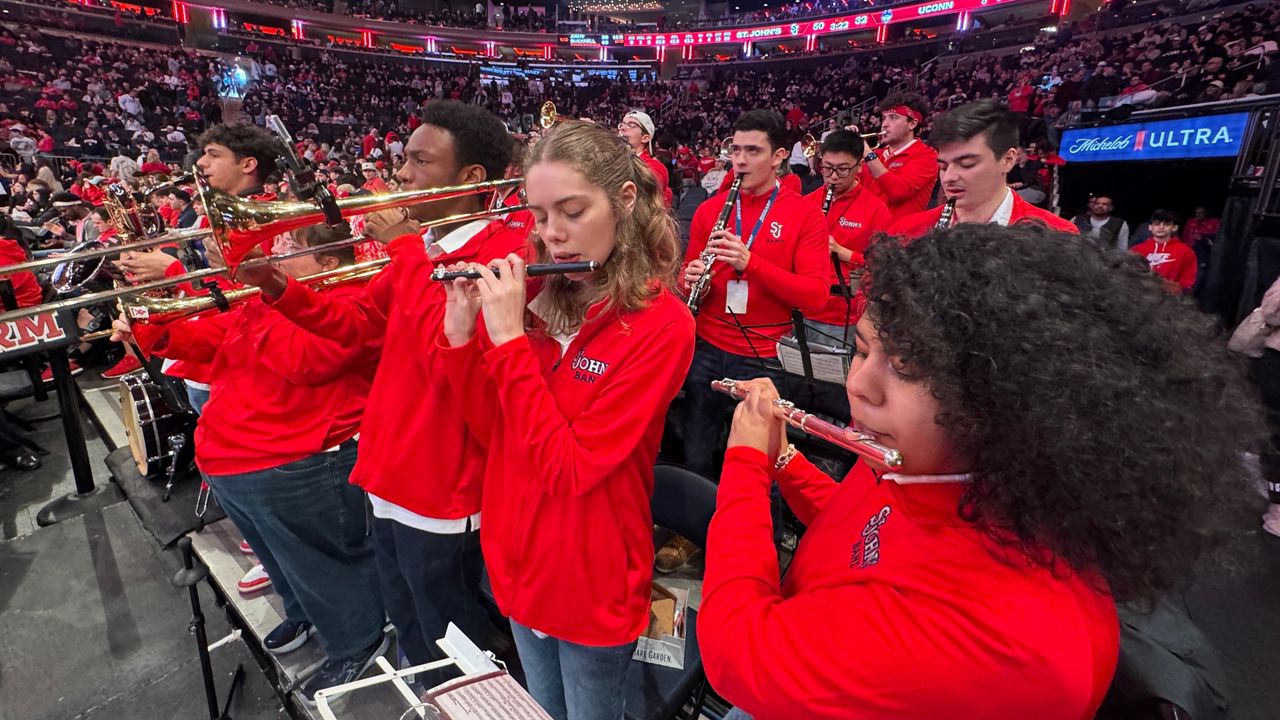A look at Maria Prymachenko’s work brings colorful fantasies celebrating the beauty and mysticism of the folklore of her native Ukraine and everyday life in the place she called home for 88 years until her death in 1997. But some of her work also has political critiques weaved into the paintings.
"She was mocking and mimicking all the politicians during the Soviet period,” said Peter Doroshenko, director of the Ukrainian Museum. “It's kind of amazing how she hid these political jokes in her paintings and didn't wind up in a Gulag.”
More than 100 paintings and other creations by the self-taught artist are on display at the museum in the East Village in an exhibition called “Maria Prymachenko: Glory to Ukraine.”
Prymachenko is considered to be the most celebrated artist in Ukraine in the second half of the 20th Century.
Doroshenko said a number of the artist's works were destroyed last year just three days into Russia’s invasion of Ukraine, when Russian forces destroyed a museum in a village near Kyiv.
"We thought it was important to highlight this artist's work, especially with the war and especially with the Putin regime singling her out as persona non grata in terms of the art world," said Doroshenko.
Doroshenko said it wasn't easy to have all the works transported to the museum from Ukraine with the war still raging, it took around three months.
The exhibition goes along with the museum's mission to expose New Yorkers to the best of Ukrainian culture, something it has been doing for nearly half a century.
"People are coming in because they just want to learn more, beyond the headlines, beyond the atrocities, they just want to create a context," said Doroshenko.
“Glory to Ukraine” will be on display until April 7 of next year.




%20PKG%20Ukranian%20Museum%20CG_127699808_1064?wid=320&hei=180&$wide-bg$)




